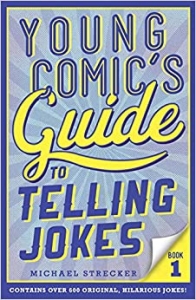Plain Language for Feds and Blogs
“The Federal Government’s writing must be in plain language/ By using plan language, we send a clear message abut what the government is doing, what it requires, and what services it offers. Plain language saves the Government and the private sector time, effort, and money.” – 1998 memorandum from President Clinton
Clinton specifically mentioned four characteristics of logically organized, easy-to-read documents:
- common, everyday words, except for necessary technical terms
- “you” and other pronouns
- the active voice
- short sentences
At Say It For You, I’ve often mentioned each of these recommendations, because “easy-to-read” is obviously a quality to be desired in blog marketing:
Basic, common language:
When it comes to blogging for business, keeping it basic means using understandable language. Only to the extent that you’re providing a very specialized service aimed only at \ professionals in your field, should you use industry jargon.
“You” and other pronouns:
While, in a way, all blog content writing is about the “you”, the targeted readers, and their wants and needs, as a corporate blogging trainer, I stress the importance of first person business blog writing because of its one enormous advantage – it shows the people behind the posts.
The active voice:
“Grammatically speaking, voice refers to whether the subject of a sentence is on the giving or receiving end of the action, As a general rule we bloggers need to focus on “staying active” in our content, using sentences that have energy and directness, using the active voice.
Short sentences:
Why, generally speaking, is it better to use short sentences in blogs? Short sentences have more of a “pow” factor, can be quoted and shared more easily on social media sites, and tend to keep readers’ attention on the message. That said, varying the length of your sentences adds interest to the writing.
Today’s communication has become less formal than in the past, Tony Rossiter notes in the book Effective Business Writing. That does not mean that written communication is any less important, the author hastens to add. And, with more than 7 million blog posts being published every single day, our challenge as business blog marketers is to get read, saving both ourselves and our readers time, effort, and money.






Follow us online!